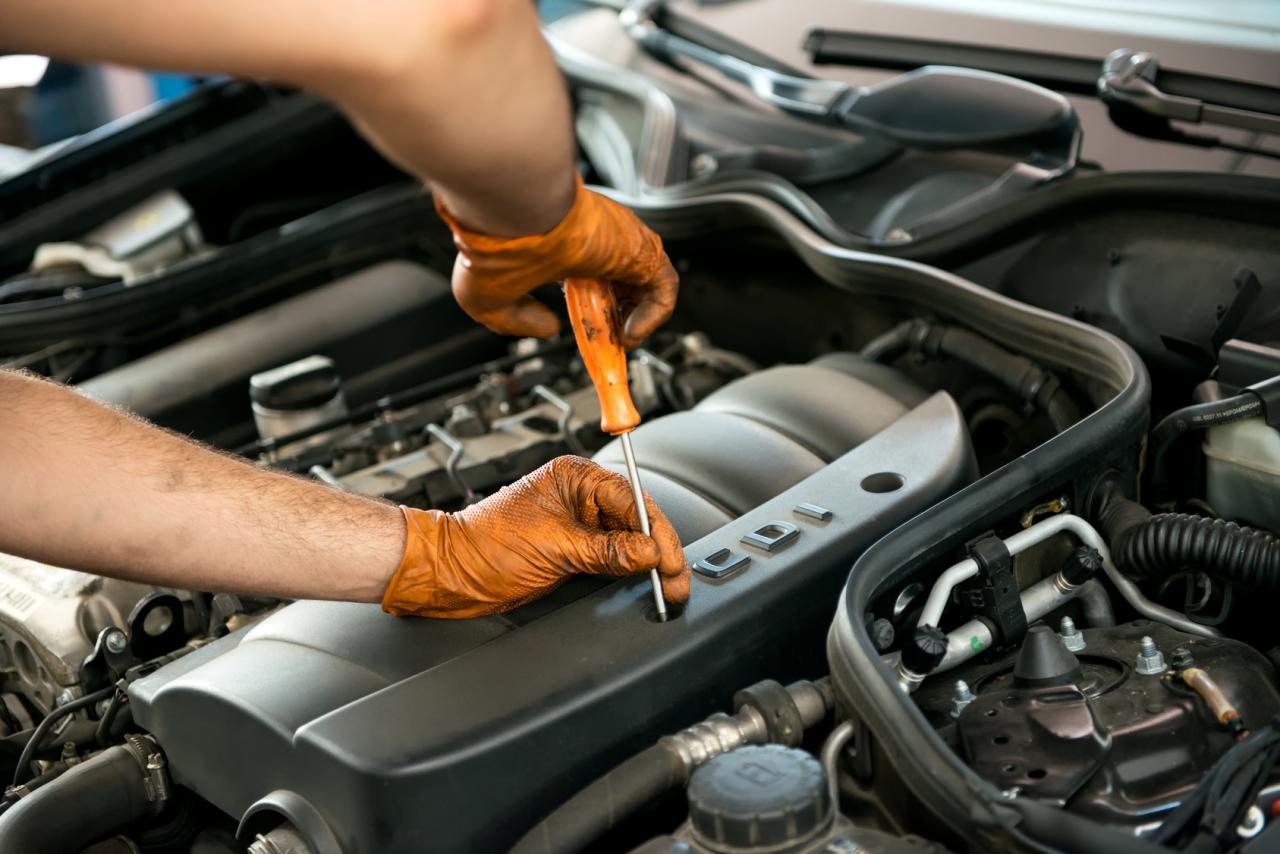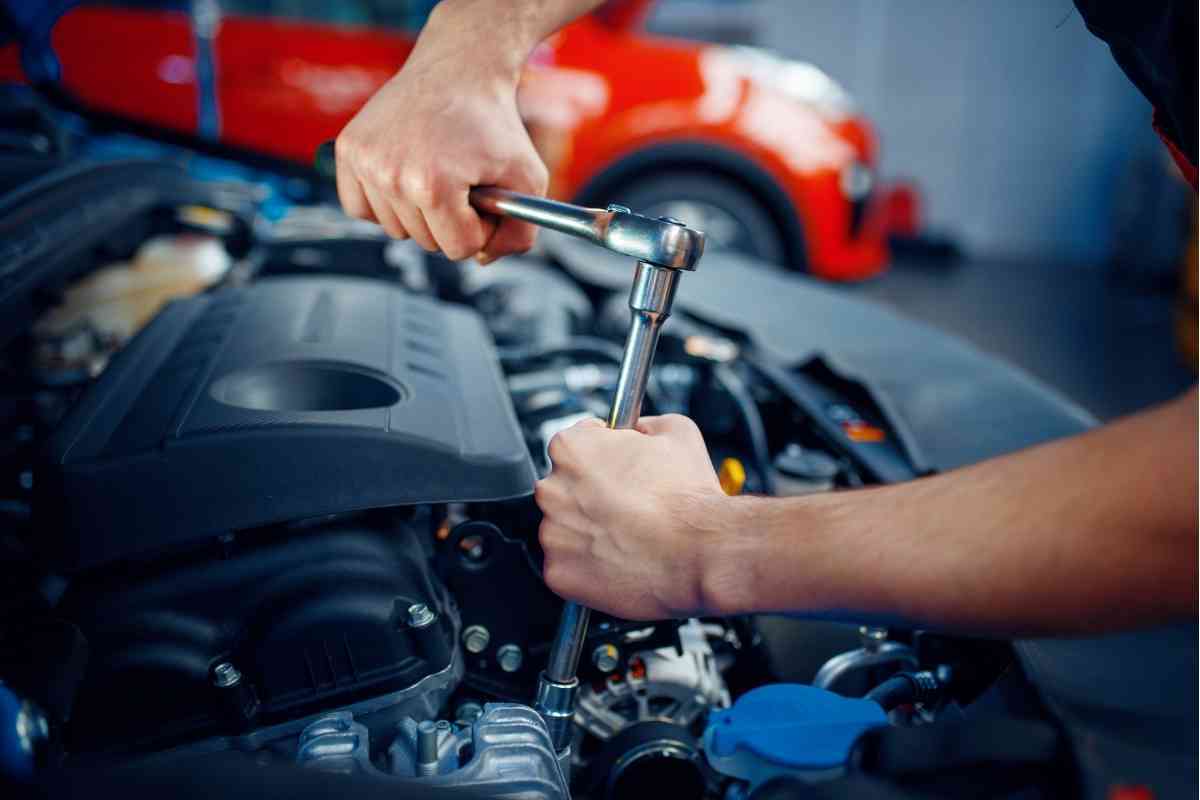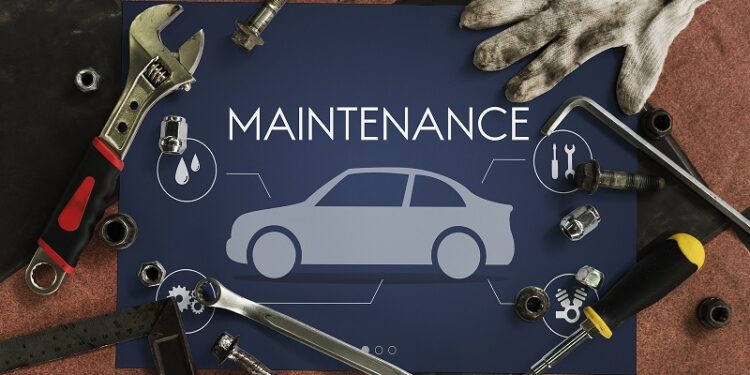Taking control of your car’s maintenance is a powerful way to save money, gain a deeper understanding of your vehicle, and build confidence. In an age where information is readily available, the traditional trip to the mechanic for every small task is becoming a thing of the past. From checking fluids to replacing a battery, many routine automotive maintenance tasks can be done right in your own garage or driveway. Mastering DIY automotive maintenance is not just about a hobby; it’s about empowerment, financial prudence, and ensuring the longevity and reliability of your vehicle. It is a rewarding experience that connects you more intimately with the machine you drive every day.
This comprehensive guide will walk you through the essential knowledge and skills needed to perform common automotive maintenance tasks safely and effectively. We will cover everything from the basic tools you need to the most common maintenance procedures, all presented in a clear, step-by-step format. By the end, you’ll have a clear roadmap for starting your DIY maintenance journey, complete with tips for safety, efficiency, and knowing when to call a professional. This isn’t about becoming a master mechanic overnight, but about taking the first step toward a more hands-on and knowledgeable approach to car ownership.
A. Essential Tools for DIY Maintenance

Before you can tackle any maintenance task, you need to have the right tools. Investing in a quality set of tools is a one-time expense that will pay for itself many times over in saved labor costs. You don’t need a professional-grade garage; a basic, well-thought-out toolkit is all you need to start.
- A. Wrench and Socket Sets: These are the most fundamental tools for working on a car. A good set will include a variety of sizes, both metric and imperial, along with different types of wrenches like combination wrenches, adjustable wrenches, and ratcheting wrenches.
- B. Screwdrivers: A set of Phillips and flathead screwdrivers in various sizes is essential. You should also consider a set of torx screwdrivers, as many modern vehicles use them.
- C. Jack and Jack Stands: Never work under a car supported only by a jack. A hydraulic floor jack makes lifting the vehicle easy, but jack stands are what keep it safely elevated. A good set of sturdy jack stands is a non-negotiable safety item.
- D. Oil Pan and Funnel: A large plastic or metal oil pan is used to catch old oil, and a funnel is used to pour new oil into the engine. These are cheap, but essential for a clean and efficient oil change.
- E. Safety Gear: Safety should always be your top priority. This includes a pair of safety glasses to protect your eyes from debris and fluids, a pair of mechanic’s gloves to protect your hands, and a fire extinguisher.
Having these basic tools on hand will allow you to confidently and safely perform a wide range of common maintenance tasks.
B. The Most Common DIY Maintenance Tasks
Once you have your toolkit ready, you can start with some of the most basic and impactful maintenance tasks. These procedures require minimal skill but can have a huge impact on your car’s performance and longevity.
- A. The Oil and Filter Change: This is the most common and important DIY task. Changing your oil and filter at the recommended interval (typically every 5,000 to 7,500 miles) is the single best way to extend the life of your engine. The process involves draining the old oil, replacing the oil filter, and filling the engine with fresh, new oil.
- B. Checking and Topping Off Fluids: Your car runs on a variety of fluids, and keeping them at the correct level is crucial. This includes:
- A. Engine Oil: The engine oil dipstick is the best way to check the level. Ensure the car is on level ground and the engine is off and cool.
- B. Coolant/Antifreeze: This fluid prevents your engine from overheating. You can check the level in the coolant reservoir and top it off as needed.
- C. Windshield Washer Fluid: This is the easiest fluid to check and top off. It’s a simple and inexpensive way to ensure clear visibility.
- D. Brake Fluid: Brake fluid is essential for your braking system. It should be checked regularly, and if the level is low, it could indicate a problem with your brake pads or a leak.
- C. Tire Pressure and Rotation: Maintaining the correct tire pressure is crucial for safety, fuel efficiency, and tire longevity. You can check the pressure with a simple tire gauge. Tire rotation, which involves moving the tires to different positions, helps them wear evenly and extends their lifespan.
- D. Replacing the Air Filter: A clean air filter is essential for a healthy engine. A dirty, clogged filter can reduce your car’s fuel efficiency and power. Replacing it is one of the easiest and most affordable DIY tasks. The air filter box is usually a large plastic box located near the engine.
- E. Replacing Wiper Blades: Worn-out wiper blades are a safety hazard, as they can obscure your vision in bad weather. Replacing them is a quick and simple task that anyone can do. All you need is a new set of blades that match your car’s make and model.
These are all great starting points that will help you build your confidence and knowledge base.
C. Advanced DIY Maintenance and Troubleshooting
Once you’ve mastered the basics, you can move on to more advanced tasks. These procedures may require a little more skill and a few more tools, but they are still well within the reach of a dedicated DIYer.
- A. Replacing a Car Battery: A dead battery is a common problem. Replacing it yourself can save you time and money. The process involves disconnecting the old battery, cleaning the terminals, and installing a new one. Remember to always disconnect the negative terminal first.
- B. Replacing Brake Pads: This is a more involved task, but it can save you a lot of money on labor. It involves safely lifting the car, removing the wheel, and replacing the old, worn-out brake pads with new ones. It’s crucial to have the right tools and to follow the instructions carefully.
- C. Troubleshooting with a Code Reader: When your “Check Engine” light comes on, a simple code reader can save you from an expensive trip to the mechanic. You can plug the reader into your car’s OBD-II port (usually located under the dashboard) and it will display a code that corresponds to the problem. You can then use the internet to research the code and get an idea of what the problem might be.
- D. Spark Plug Replacement: Spark plugs are crucial for your engine’s ignition. Replacing them is a straightforward task that can improve your car’s fuel efficiency and performance. It’s a great task for a DIYer who wants to get a little more hands-on with their engine.
These tasks will give you a deeper understanding of your car’s mechanical systems and will give you a huge sense of accomplishment when you complete them.
D. The Golden Rules of DIY

No matter how simple the task, safety should always be your top priority. A single mistake can lead to serious injury or damage to your vehicle. Follow these golden rules to ensure a safe and successful experience.
- A. Use Jack Stands: As mentioned before, never, ever work under a car supported only by a jack. Jacks are designed for lifting, not for supporting a vehicle for an extended period. Always use jack stands.
- B. Disconnect the Battery: When working with any of the car’s electrical systems, always disconnect the battery. This prevents accidental short circuits and electric shocks.
- C. Work on a Level Surface: Always work on a flat, level surface. A sloped driveway can cause your car to roll, even if the parking brake is engaged.
- D. Use the Right Tools for the Job: Don’t try to use a wrench when a socket is needed, or a flathead screwdriver when a Phillips is required. Using the wrong tool can damage the bolt or the part, making the job much more difficult.
- E. Know Your Limits: DIY maintenance is great, but know when a job is too big or too complex for you. If a task involves major engine components, the transmission, or the safety restraint system (airbags), it’s always best to leave it to a certified professional.
These safety rules are non-negotiable and should be followed every time you work on your car.
Conclusion
Taking on your own automotive maintenance is a journey that is both practical and deeply rewarding. It’s a move toward a more empowered form of car ownership, where you are not just a passenger but an active participant in your vehicle’s health and longevity. By starting with the basics—from gathering your tools to checking your fluids—you build a foundation of knowledge and confidence that will serve you for years to come. The financial benefits are immediate and substantial, as you save on labor costs for simple, routine tasks. The personal benefits are even greater; there’s a unique sense of accomplishment and pride that comes from successfully completing a repair on your own.
The internet has democratized automotive knowledge, with countless videos, forums, and articles available to guide you through almost any task. This means you are never truly alone in your garage; you have a community of fellow DIYers at your fingertips. Remember that every master mechanic was once a beginner. The journey of DIY maintenance is about continuous learning and a willingness to get your hands dirty. It’s about building a better relationship with your vehicle, understanding its quirks, and being able to spot a problem before it becomes a major issue. By embracing this approach, you are not just saving money; you are investing in your own skills, your car’s future, and your peace of mind on the road. The time to start your DIY automotive maintenance journey is now.








